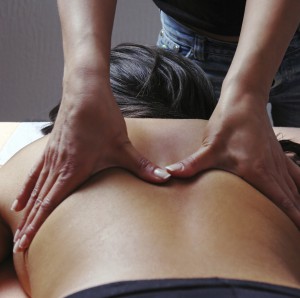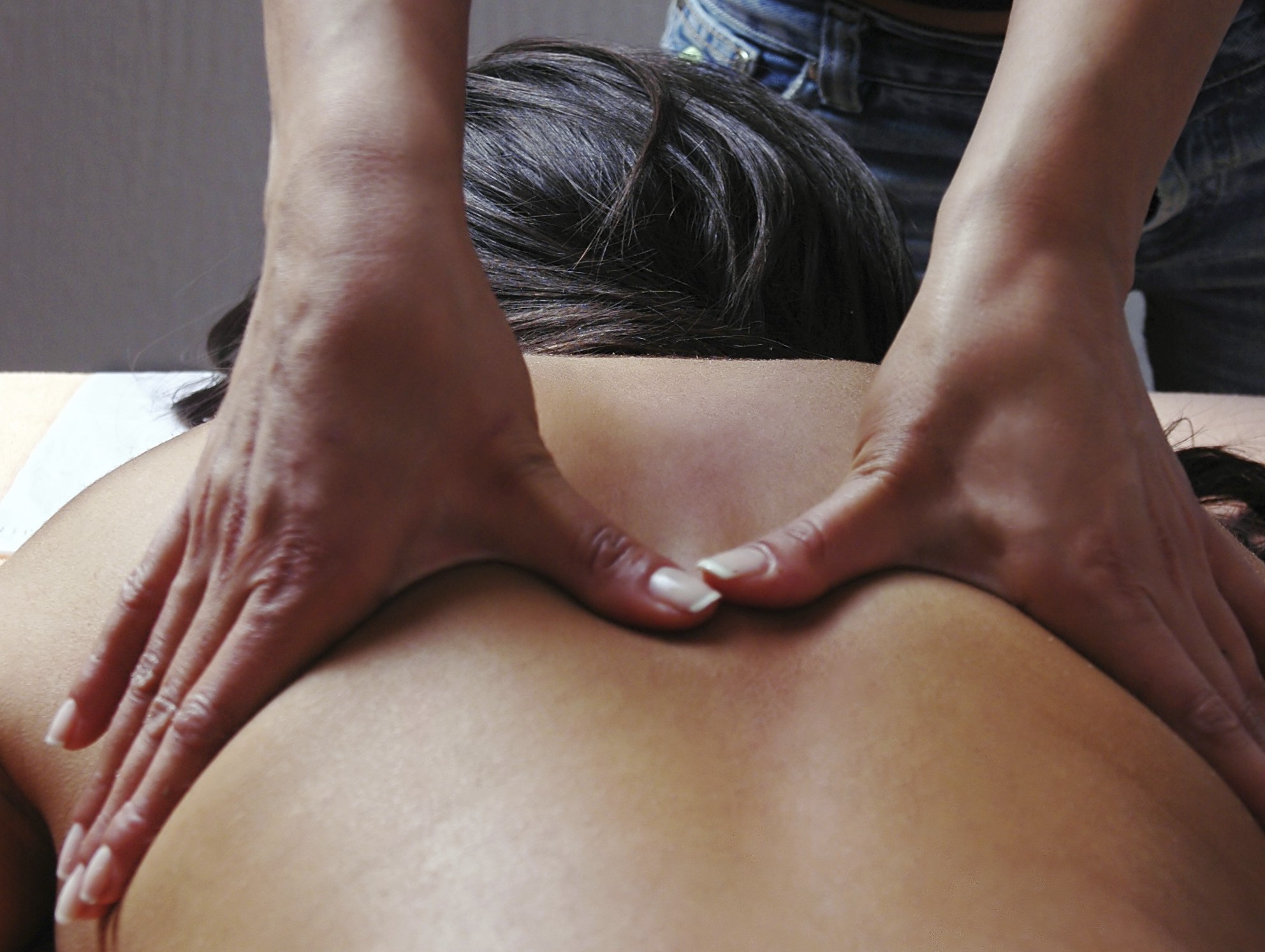Did you know that Shiatsu is the ancient Japanese art of bodywork? Or that blind people practice it in Japan? Here are 8 facts you might not know about the massage technique.

Fact #1. It harks from ancient Japan: Shiatsu massage has evolved from an ancient form of Japanese bodywork called Anma, which was developed in 1320 by Akashi Kan Ichi. This itself was based on the ancient Chinese massage method known as Tui na.
Fact #2. Shiatsu means “finger pressure” in Japanese: Shiatsu techniques include massage using the fingers, thumbs and palms. It also includes assisted stretching, joint manipulation and movement.
Fact #3. Shiatsu uses palpation and pulse diagnosis: Palpitation is the process of using the therapist’s hands to examine the body. Pulse diagnosis is also used, which is the Ayurvedic practise of taking the pulse to determine humeral imbalances in the three doshas (Vata, Pitta and Kapha) as well as the balance of prana, tejas and ojas.
Fact #4. Shiatsu became popular in the 17th Century: Anma was made popular in the seventeenth century by acupuncturist Sugiyama Waichi. It was also around this time that the first books, including Fujibayashi Ryohaku’s manual on Shiatsu, appeared. It was he Fujibayashi school that would carry Anma into the modern age.
Fact #5. Shiatsu is often performed by the blind: Since acupuncturist Sugiyama introduced Shiatsu (known then as Anma) to Japan, Shiatsu has been associated with the blind. Blind himself, Sugiyama established a number of medical schools for the blind, which taught the practice. Later on,there was actually a law that stated that Shiatsu was only allowed to be practiced by the blind. The “blind Anma” became part of the Japanese lexicon and has continued today, with a large proportion of the Japanese blind community working in the profession.
Fact #6. Helen Keller stood up for Shiatsu: During the WWII occupation of Japan, all traditional medicine was banned by General MacArthur. The ban took away blind Shiatsu professionals their way of living until writer and advocate for the blind, Helen Keller, stepped in and urged the ban to be lifted.
Fact #7. “Shiatsu” was officially founded in the 1940s: The term Shiatsu was formed when Tokujiro Namikoshi, founder of Shiatsu, founded the first shiatsu college in Tokyo in the 1940s. He discovered the pressure technique after treating his mother for rheumatoid arthritis.
Fact #8. Health results remain uncertain: In 2015 the Department of Health in Australia published a review that stated that Shiatsu was one of 17 therapies found to have no clear evidence of effectiveness. There was a similar story at Cancer Research UK, which states that: “There is no scientific evidence to prove that Shiatsu can cure or prevent any type of disease, including cancer” Same goes for cancer prevention. It did go onto say however that: “This doesn’t mean that Shiatsu doesn’t work in controlling symptoms or side effects, simply that it has not yet been tested properly.”
Have your say: Do you practice Shiatsu in your salon or practice? What do you love about it?

